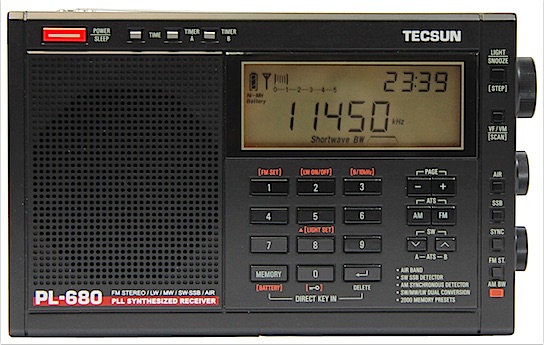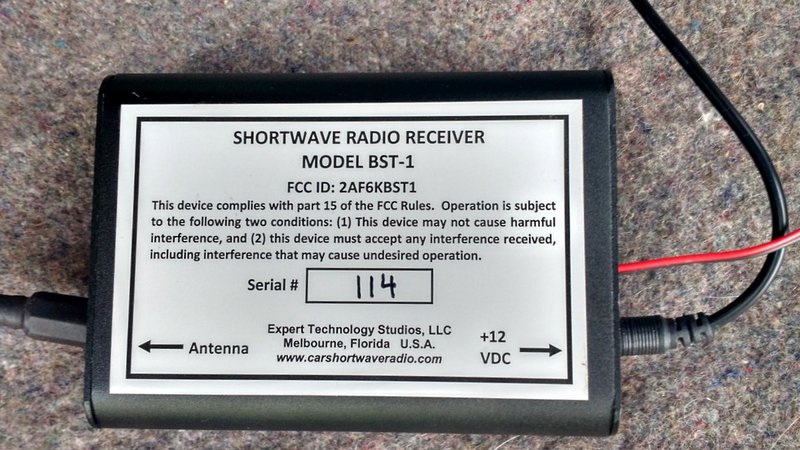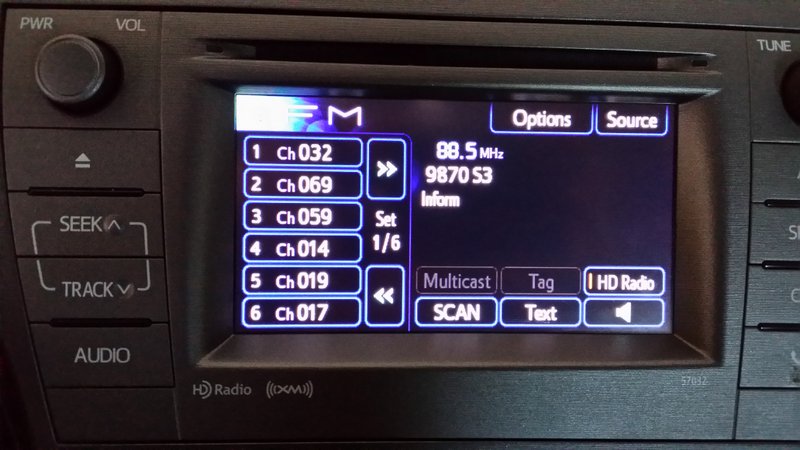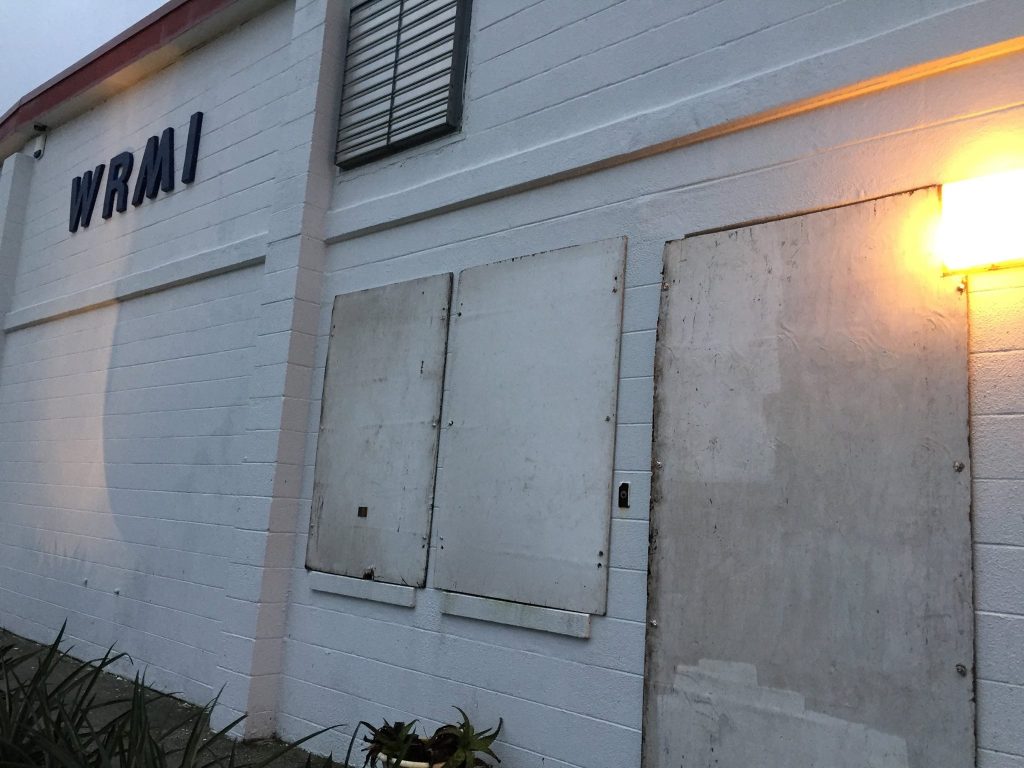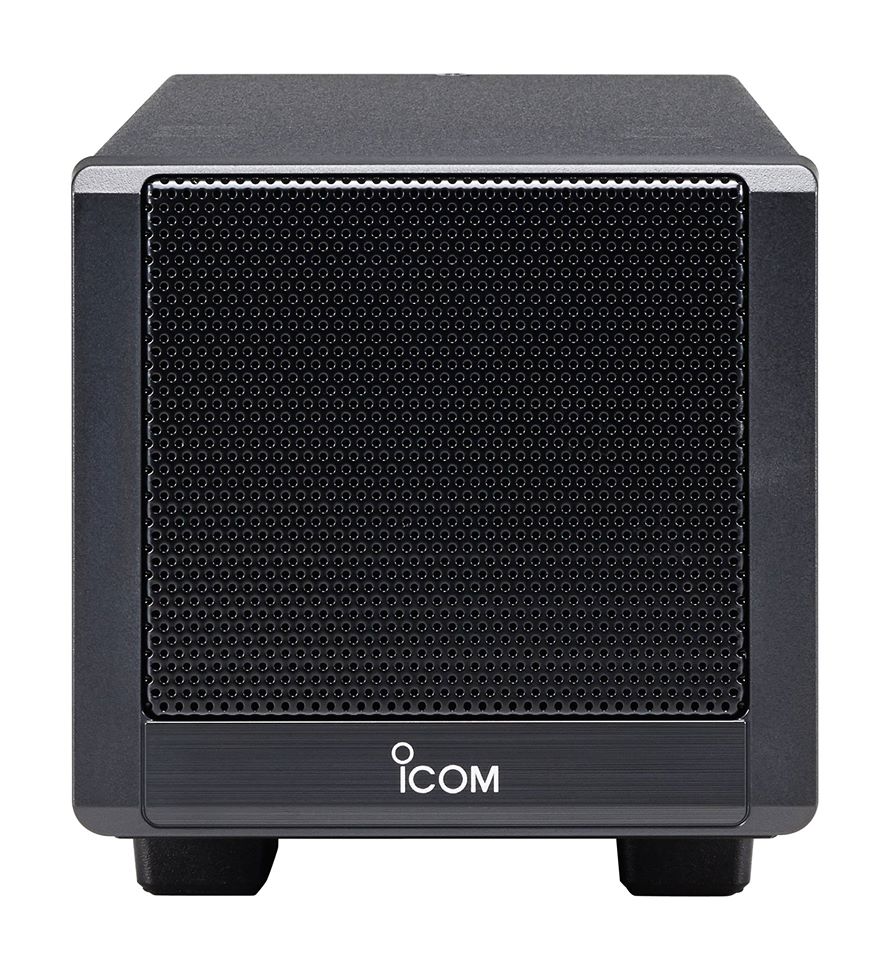I have been procrastinating over investing in another portable shortwave radio to replace my ageing (but still going strong) Sangean ATS909. Also known in the U.S. as the rebadged Radio Shack DX–398, the Sangean has been a most reliable rig for in-the-field DXpeditions. My unit is one of the early first generation versions that I purchased on the second-hand market, so I’m guessing it has to be at least 16 years old now. It continues to provide a full rich tone quality on AM/FM and is very sensitive on shortwave providing you use an external antenna of 5 metres (16 feet) or more. The radio received some bad press because of its poor SW reception using just the telescopic rod antenna, which frankly was justified. The in-built whip is useless! But all of my work has been with an external antenna, and the results have been most successful over the years.
But the old ATS909 has lived a hard life, having been bounced around in the car on rough dirt tracks, dropped a few times, and thanks to a recent home renovation project it now has paint splattered all over it. On one occasion, I’d even left it outside on the ground after a spot of gardening, subjecting it to half an hour of heavy rain, before realising my forgetfulness. The radio was soaked but still going strong when I picked it up. However, the digital readout was all messed up. After 24 hours of drying, and it fired up beautifully again, and has been fine ever since! That’s some impressive build quality there! Thanks Sangean!
Anyway, a few months ago I decided to “pull the trigger” and purchased a new Tecsun PL-680 AM/FM/SSB/Air Band radio. This rig has been on the market since around February 2015. So far, it has performed very well for me.
Interestingly, on the built-in telescopic antenna reception is only marginally better than the Sangean, but the Tecsun is really quite sensitive with an external long wire antenna. In fact, I’ve had it hooked up to my three double bazooka (coax) dipoles for 80, 40 and 20 meters, and the performance has been excellent. The tone quality is not quite a good as the Sangean, lacking richness and depth on MW, FM and SW. But for DXing, the audio appears just right for digging out clear audio from the noisy shortwave bands.
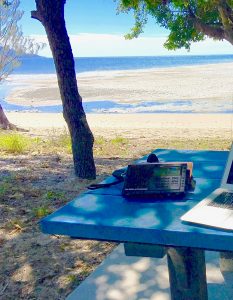
Recently, I hooked up both portables for a side-by-side comparison using four different external antennas outside the shack with switches between the two radios. I was eager to check how they measured up in terms of sensitivity and selectivity. The results for the Tecsun were impressive, picking up all of the weaker signals that the Sangean could hear.
Indeed, on several shortwave broadcast bands, the Tecsun appeared to be just a touch more sensitive at digging out some of the weakest signals. The audio also appeared a little clearer for those weak signals, perhaps because it has a narrower audio response than the Sangean. And selectivity for the PL-680 was about the same as the ATS909, generally very good.
On the ham bands, however, the SSB audio quality of the ATS909 sounds more pleasant to my ears than the PL680. But the Sangean’s tuning process in SSB is somewhat more cumbersome than for the Tecsun.
The PL-680’s synchronous detector effectively reduces adjacent signal interference. It’s easy to use and is a strong feature in its favor. However, occasionally it can fail to lock on to a weaker signal or when the signal is subject to deep fading. One other characteristic of the Tecsun is that it has a rather overly generous S-meter, hitting S4 or 5 for all but the weakest signals. This is a meter not to be taken too seriously!
But the PL-680 is not without its faults!
Click here to continue reading the full story.
Rob Wagner, VK3BVW, is the author of this post and a regular contributor to the SWLing Post. He also blogs at the Mount Evelyn DX Report.


